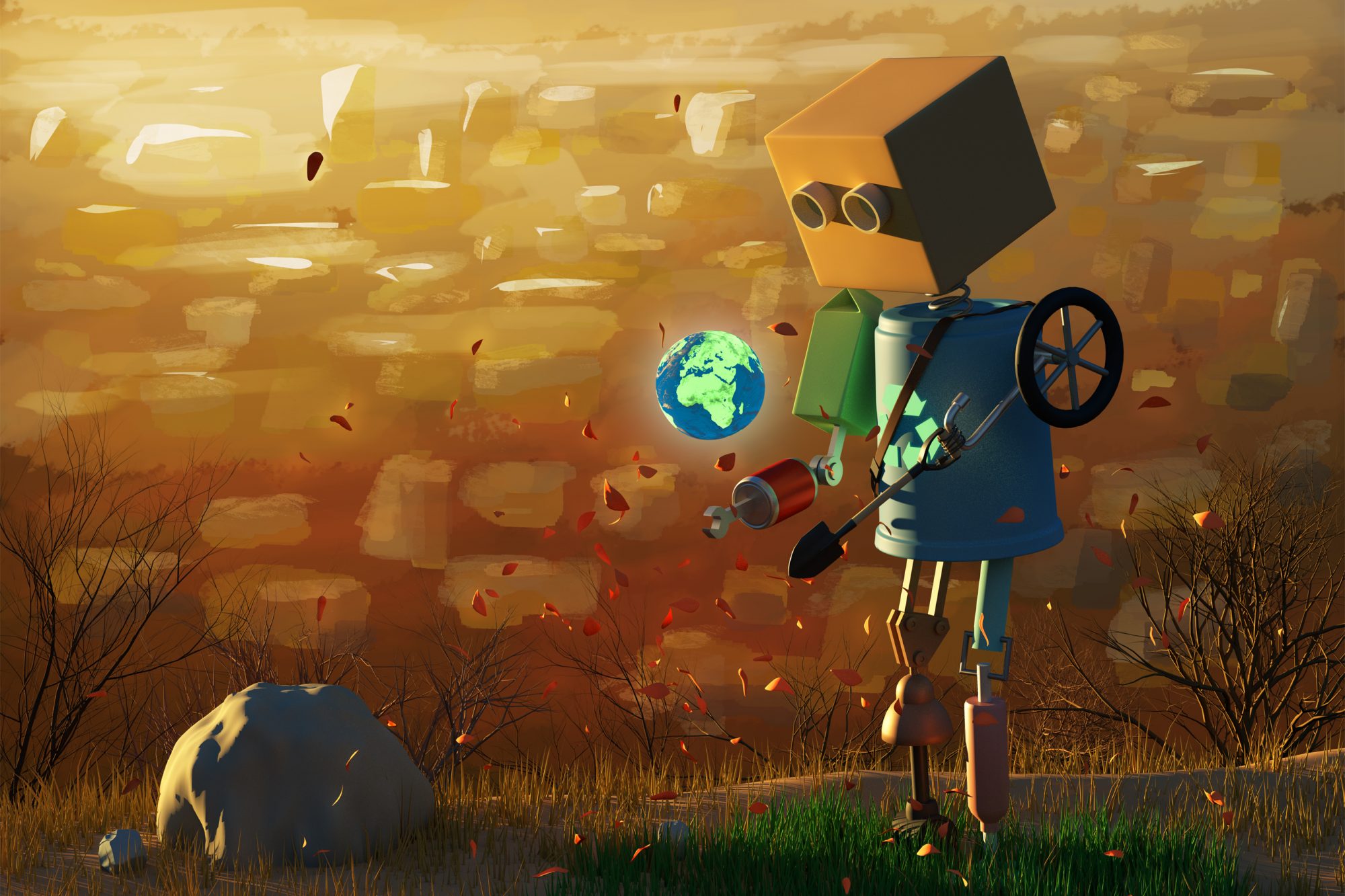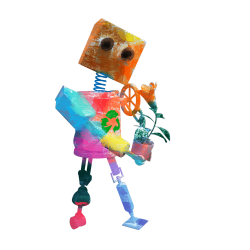This week, we tested our feature-complete game with our client. Saturday through Tuesday was some crunchtime madness, as we needed to have all of our features in the game by our Wednesday playtest with the Green Team.
After hours of work, we hit that goal…kinda. Edicts, the actionable items players vote on after completing enough wants, were in the game and functioning, but the front end was not working at all, so they never happened. Disasters, which were built from edicts, were also functioning, but had no front-end implementation, so when they happened, the effects just triggered with no sign of what was the cause. And, even though all of our features were in, we still had quite a few bugs, but we told our client we would be coming on Wednesday, so come we did.
They loved it. We ran them through the animated tutorial we had made, and they lost interest in it pretty quickly, but they loved playing the game. We split the students into four teams, two of two and two of three (with the teachers joining the groups of two). They all failed pretty bad the first game as they struggled to understand the interface and grappled with some of the nastier bugs in the game. However, after they lost, they immediately wanted to play again, and then again, and then again, and if we didn’t have to leave, they may have even wanted to play after that time.
We definitely learned that one of the best way to get the students to talk is to have more than one student per iPad, because even though they did talk between each other, most of the socializing and conversations happened between members of the same team. We finally did see the chaos we had been aiming for, but some of it was due to the bugs that had not yet been squashed. There were conversations between students and teachers, and lots of shouting.
We tested again at a YMCA in Homewood, and were surprised by a similar response. Although the group was much less enthusiastic about playing and without as much time to give a tutorial, they did struggle a bit to play, they did seem to become engaged with the game, underestimated the amount of time they played for, and wanted to play again. This was surprising to us since we kept struggling with getting the iPads to connect to one another. Despite this, there was a palpable moment of silence when we were trying to get them reconnected, which we were informed later was the most silent this group of children has ever been. Mark extra points for engagement!
After reviewing our playtests, meeting with our instructors, and talking to Anthony Rocco of Foma Labs, we decided that our tutorial needed to be interactive, that we should change Want Cards into Need Cards, and that the edict system was not engaging, which meant that the educational content of that game component needed to be offloaded somewhere. One thing we did see was the teachers having conversations with the students during and after a game, and we decided that these conversations would be the best place for the excess educational content that was not able to coherently fit into the game. We worked on a teacher pamphlet to help instructors integrate the game into a larger lesson plan.
Now we just need to be ready for softs.

